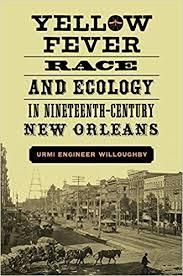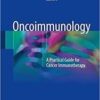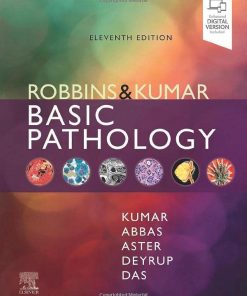- Series: The Natural World of the Gulf South
- Hardcover: 264 pages
- Publisher: LSU Press (December 13, 2017)
- Language: English
Yellow Fever, Race, and Ecology in Nineteenth-Century New Orleans (The Natural World of the Gulf South)
$12
by Urmi Engineer Willoughby
Yellow Fever, Race, and Ecology in Nineteenth-Century New Orleans (The Natural World of the Gulf South)
by Urmi Engineer Willoughby (Author)
Through the innovative perspective of environment and culture, Urmi Engineer Willoughby examines yellow fever in New Orleans from 1796 to 1905. Linking local epidemics to the city’s place in the Atlantic world, Yellow Fever, Race, and Ecology in Nineteenth-Century New Orleans analyzes how incidences of and responses to the disease grew out of an environment shaped by sugar production, slavery, and urban development.
Willoughby argues that transnational processes―including patterns of migration, industrialization, and imperialism―contributed to ecological changes that enabled yellow fever–carrying Aedes aëgyptimosquitoes to thrive and transmit the disease in New Orleans, challenging presumptions that yellow fever was primarily transported to the Americas on slave ships. She then traces the origin and spread of medical and popular beliefs about yellow fever immunity, from the early nineteenth-century contention that natives of New Orleans were protected, to the gradual emphasis on race as a determinant of immunity, reflecting social tensions over the abolition of slavery around the world.
As the nineteenth century unfolded, ideas of biological differences between the races calcified, even as public health infrastructure expanded, and race continued to play a central role in the diagnosis and prevention of the disease. State and federal governments began to create boards and organizations responsible for preventing new outbreaks and providing care during epidemics, though medical authorities ignored evidence of black victims of yellow fever. Willoughby argues that American imperialist ambitions also contributed to yellow fever eradication and the growth of the field of tropical medicine: U.S. commercial interests in the tropical zones that grew crops like sugar cane, bananas, and coffee engendered cooperation between medical professionals and American military forces in Latin America, which in turn enabled public health campaigns to research and eliminate yellow fever in New Orleans.
A signal contribution to the field of disease ecology, Yellow Fever, Race, and Ecology in Nineteenth-Century New Orleans delineates events that shaped the Crescent City’s epidemiological history, shedding light on the spread and eradication of yellow fever in the Atlantic World.
Product details |
Related Products
Basic Sciences Books
Fundamentals of Pathology of Skin, 5th Edition (Original PDF from Publisher)
Basic Sciences Books
Lever’s Dermatopathology: Histopathology of the Skin, 12th Edition (EPUB3)
Basic Sciences Books
Robbins & Kumar Basic Pathology, 11th edition (Original PDF from Publisher) and video
Pathology Books
Diagnostic Pathology: Endocrine, 3rd edition 2022 Original PDF
Pathology Books
HEAD AND NECK SURGERY & OTOLARYNGOLOGY
Diagnostic Pathology: Head and Neck, 3rd Edition 2022 Original PDF
Pathology Books
Pathology Books
Atlas of Hepatocellular Carcinoma Pathology 2022 Original pdf
Pathology Books
Pathology Books
Pathology Books
Pathology Books
Pathology Books
Pathology Books
Pathology Books
Diagnostic Pathology: Thoracic, 3rd edition 2022 Original PDF
Pathology Books
Pathology Books
Pathology Books
The Voice and Voice Therapy (10th Edition) 2019 Original pdf
Pathology Books
Pathology Books
Pathology Books
Pathology Books
Pathology Books
Pathology Books
Pathology Books
Diagnostic Cutaneous Pathology, 2 Volume Set 2021 Original PDF
Pathology Books
Pathology Books
Pathology Books
Lever’s Histopathology of the Skin Eleventh Ed 2021 Original pdf
Pathology Books
Pathology Books
Pathology Books
Diagnostic Pathology of Infectious Disease 2018 Original pdf
Pathology Books
Pathology Books
Pathology Books







































































































